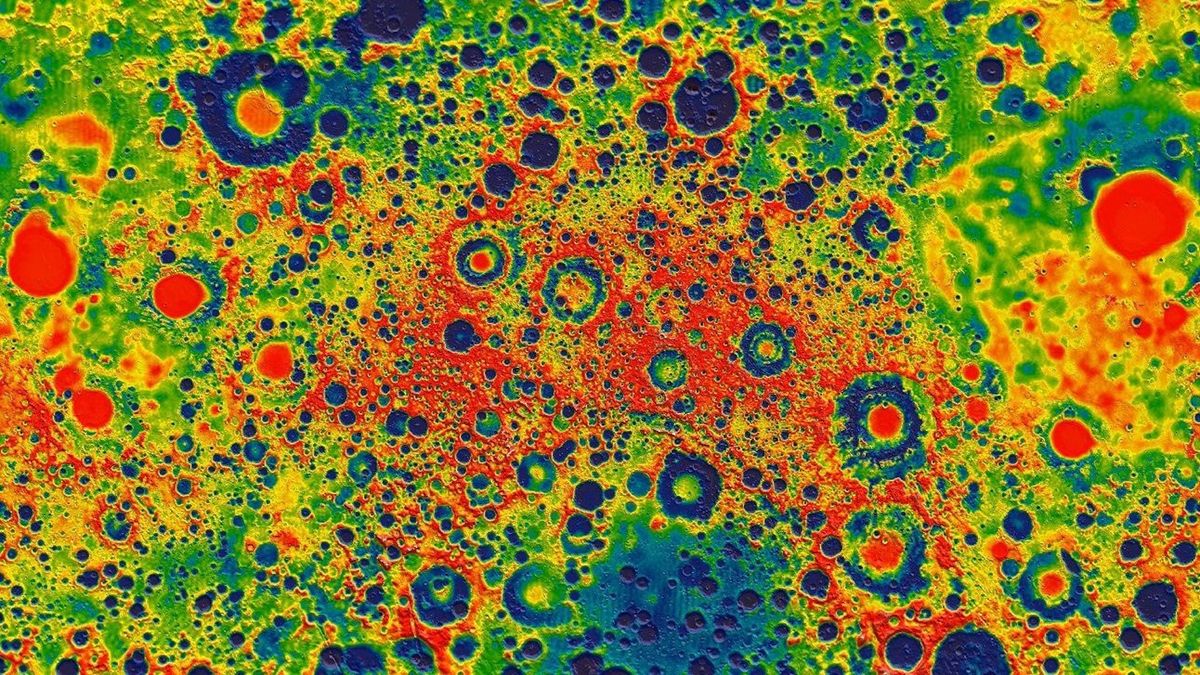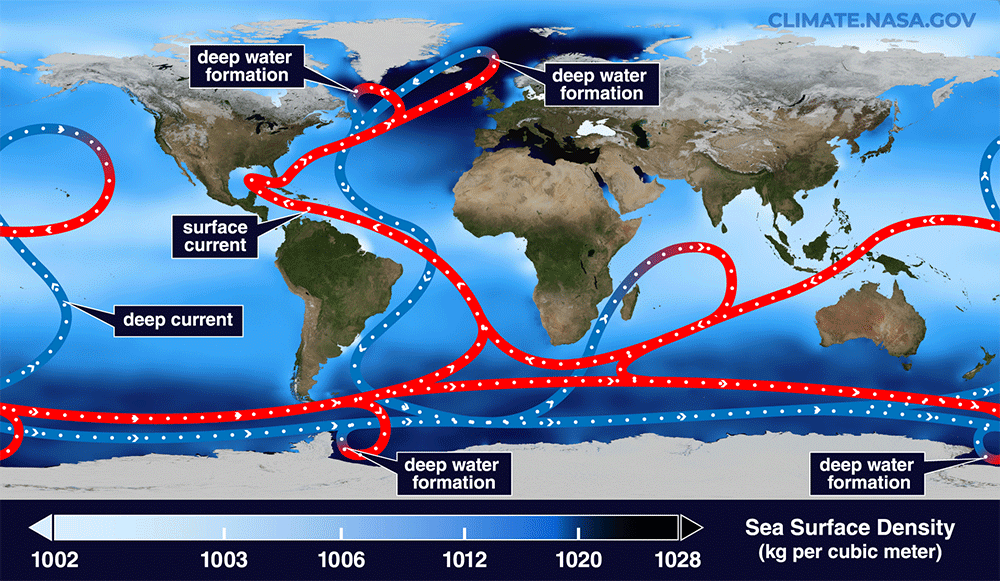The first analysis of lava samples from the moon’s far side reveals that volcanoes were erupting there 2.8 billion years ago. The moon is tidally locked with Earth, meaning the same side always faces our planet. The far side is less explored than the near side. Only two landers, both from China, have made it to the moon’s far side. In a study published Nov. 15 in the journal Science, researchers analyzed rock samples returned to Earth by the Chang’e 6 lander. The 2024 mission brought back a little over…
Read MoreCategory: Solar System
Our solar system
Hubble Telescope peeks at star with planet-forming disk that gets 3 times hotter than the sun
A star about 1,360 light-years away from Earth, named FU Orionis, is twice as hot as astronomers previously suspected, according to recent data from the Hubble Space Telescope. In fact, scientists believe that the region where FU Orionis’s planet-forming disk touches the star’s surface glows at around 16,000 Kelvin — three times hotter than the surface of our sun. Caltech astronomer Adolfo Carvalho and his colleagues suggest the area around the star is so surprisingly hot because a rapidly-spinning disk of material falling into the star is actually scraping against…
Read MoreDeclassified spy satellite images reveal 1,400-year-old battle site in Iraq that set off the Muslim conquest
Declassified spy images of Iraq have helped archaeologists find a historic Islamic battlefield. Upon analyzing the images, which were taken in 1973 by a U.S. satellite system named KH-9 (Hexagon), the team found remnants of a 1,400-year-old settlement. This helped them match the site to the lost location of the Battle of al-Qadisiyyah, the researchers reported in a study published Nov. 12 in the journal Antiquity. The Battle of al-Qadisiyyah took place in A.D. 636 or 637 between the Arab Muslim army and the Sasanian Empire, which ruled the area…
Read MoreHuge PSVR 2 headset Cyber Monday deal: Save $200
You can get a sizable saving of 37% on the PSVR 2 headset this Cyber Monday as it’s now its lowest-ever price and it features in our best VR headsets guide. Save $200 (37%) on the PSVR 2 headset when you grab it from Amazon this Cyber Monday. You can get it for the same price at Best Buy and Walmart too. If you own a PlayStation and you want to explore the world of virtual reality, this is definitely the Cyber Monday deal you’re searching for. In our PSVR…
Read MoreNew moon December 2024: A young moon passes Venus
The new moon of December occurs tonight. A day later, Southern Hemisphere observers will see the peak of the Phoenicid meteor shower, and on Dec. 4 the waxing moon will make a close pass to Venus in the evening sky. The exact moment of the new moon occurs at 1:21 a.m. Eastern Time (0621 UT) on Dec. 1, according to the U.S. Naval Observatory. A new moon is when the moon passes between the Earth and the sun, specifically when the sun and moon share the same celestial longitude (also…
Read More‘Silo’ Season 2: ‘That Thing He Does’: Who is Silo 17’s mystery man in the vault?
Lies and their deployment as weapons of deceit is explored in “That Thing He Does,” the third episode in the second season of Apple TV+’s dystopian sci-fi series, “Silo.“ While the first two chapters of creator and showrunner Graham Yost’s (“Speed,” “Justified”) post-apocalyptic Apple TV+ show split their minutes between Juliette seeing the graveyard of bodies and exploring Silo 17’s tomb-like interior before discovering a lone survivor, and the repercussions of Silo 18’s citizens witnessing Juliette strolling over the hill to germinate seeds of rebellion, this episode shifts back and…
Read MoreSave a massive $750 on a new laptop with this Dell Black Friday deal
The Black Friday sales are a great time to buy a new laptop for less and this year is no exception. Among other Black Friday deals, the Dell XPS 16 is a huge $750 off at Best Buy so you can get this powerful laptop for a fraction of its original price. You can get the Dell XPS 16 on sale right now at Best Buy for $2,299.99. Dell’s XPS series is well-loved by our expert reviewers, featuring in our best laptops for astronomers. We awarded it four and a…
Read MoreBest mech games of all time
Mech games are too often viewed as clunky or aimed at niche sci-fi communities of players, but there’s plenty of variety in the genre. Beyond the big names you’ve heard of, such as Titanfall or Armored Core, an entire genre awaits new pilots, and we’ve collected the very best Mech games with this ranked list. The term “mecha” was first used in Japanese after shortening the English loanwords “mechanism” (mekanizumu) and “mechanical” (mekanikaru). The earliest history of mechs sends us back to 1868 and 1880, when Edward S. Ellis and…
Read MoreThis spot will be key to the inevitable collapse of a key Atlantic current
Scientists have pinpointed the ocean engine with the biggest role in driving key Atlantic currents that regulate Earth’s climate, new research suggests. The Irminger Sea off southeastern Greenland is where warm waters that transport heat northwards from the Southern Hemisphere sink and then return south along the bottom of the ocean. As such, this region plays a critical role in powering the ocean conveyor belt known as the Atlantic Meridional Overturning Circulation (AMOC). “The key finding of this study is that the Irminger Basin (eastern Greenland) plays a crucial role…
Read More$255 off for Black Friday, this astronomer-friendly MacBook Air has never been cheaper
Black Friday is a great time to go hunting for a laptop and if you are buying for an astronomer, student or creative, you really cannot go wrong with a MacBook. Thanks to Amazon’s Black Friday sale, this 2024 MacBook Air 13-inch M3 laptop is the cheapest it has ever been at an amazing $255 off this Black Friday, making it just $844. Get the 2024 MacBook Air 13-Inch M3 laptop in Amazon’s Black Friday sale for $844. MacBooks are popular with students, creatives and other business professionals and for…
Read More






